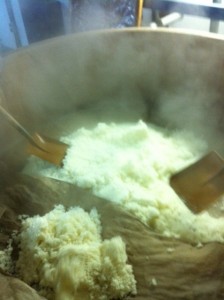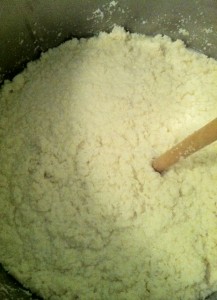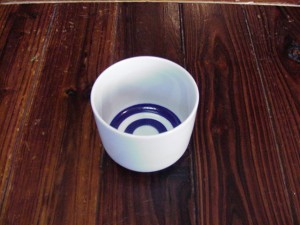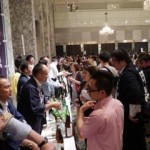 A while back, I participated in an event in Osaka in which I was
A while back, I participated in an event in Osaka in which I was
privileged enough to be a part of a panel discussion with perhaps the most famous toji (master brewer) in existence. Actually, from just last year he took on the title “honorary toji,” and in his place at that particular brewery is another gent that is the de facto toji. Those are some big-ass shoes to fill!
The famous toji in question is one Mr. Naohiko Noguchi. Most of his career was spent brewing a sake called Kikuhime, but in his later years he “retired” and then came out of “retirement” a few hours later down the road making a sake called Jokigen. Both of these kura are in Ishikawa Prefecture, from whence Mr. Noguchi hails. This is, of course, also where the guild of toji to which Noguchi-san is affiliated, the Noto Toji guild, is centered. He has been referred to as one of the “Noto Toji no Shiten-oh,” or one of the “Four guardians of heaven of the Noto Toji guild.”
He is known as much for his sharp mind as he is for his brewing skill, and indeed, on that day he was as sharp as anybody in the room, if not sharper than all. And as we had lunch with a couple other folks before the event began, he wasted no time in asking me about sake overseas, and how it was received. He bore down on me with intense, hazel eyes tempered only by a genuine and warm smile.
“How do people overseas feel about junmai versus added-alcohol sake?” he asked. One could sense he had a well-formed opinion just waiting to be expressed.
“Well,” I began as politely as I could, “not much aru-ten gets over there. Most of it is junmai.” Aru-ten is verbal shorthand for added alcohol sake, i.e. anything not of one of the junmai varieties.
“However,” I continued, I do not think there are very strong opinions either way, yet.”
At which point he let fly with that well-formed opinion, albeit from a purely technical standpoint.
“They both have their place, you know. Sure, even I drink mostly junmai,but ya can’t go dismissing anything not junmai just for silly reasons like purity. It’s just another method, adding alcohol is, and it leads to a different kind of sake. Which of the two is better depends on what you are trying to make, and when you plan to drink it.”
I would have asked him to continue if given the chance. Warm smile intact, he spared me the trouble and just kept talking.
“If you are going to drink it relatively soon, sure, junmai is by and large a better way to make it. But if you want to lay it down to let the flavors consolidate, you are better off making it with a bit of added alcohol. And if you expect it to sit on a shelf for a while, same deal. Junmai, ya know, it gets a bit darui (heavy, sloppy, slow) when it matures.”
While I have of course experienced that non-junmai stands up to time in the bottle better than junmai, somehow hearing it from this uber toji made it so much more valid in my mind. And it was the first time I heard a brewer himself explaining that just when he expected a sake to be drunk would affect his decision on whether or not to add alcohol. Fascinating! With card-carrying members of the junmai jihad seemingly on the increase, having a master brewer of Noguchi-san’s stature acknowledge the fact that aru-ten too is proper sake was both reassuring and satisfying. (Dare I say vindicating?)
As more and more sake becomes available in many countries around the world, I encourage you to seek and find your preferences. And in so doing, at least consider the idea that all brewing methods have their reasons and legitimacy. Drink the sake, not the label. This is especially applicable to aru-ten and junmai styles.
Sake Swag
I am not a big collector of souvenirs, autographs or the like. But
aftermeeting Noguchi-san, I later sent him a simple postcard acknowledging what an honor it had been to hang out with him for a day. I expected no response, but a scant few days later I did receive a postcard in return, in beautiful if barely readable cursive characters.
Now this is cool, I thought. This is not something one comes upon every day! I keep it in a special file-cabinet folder called “Sake Swag,” that I admit I created just for this postcard. (So far, it’s the only thing in there.) The balance of his calligraphy belies the balance of his sake, I thought.







